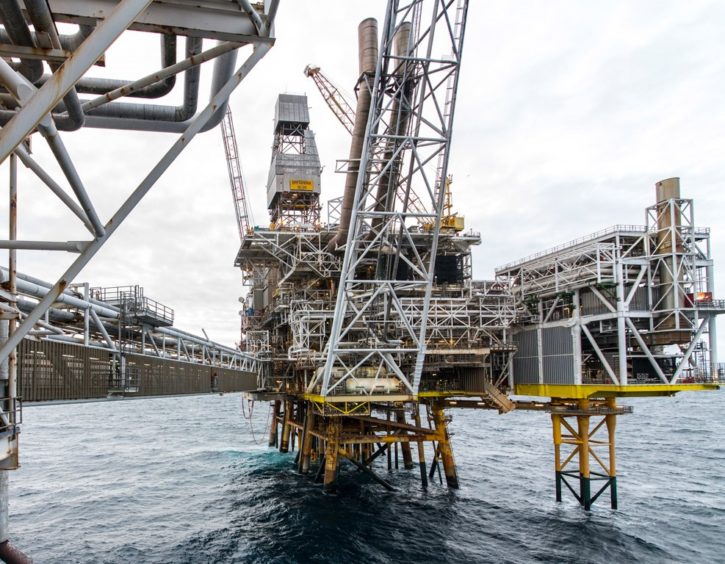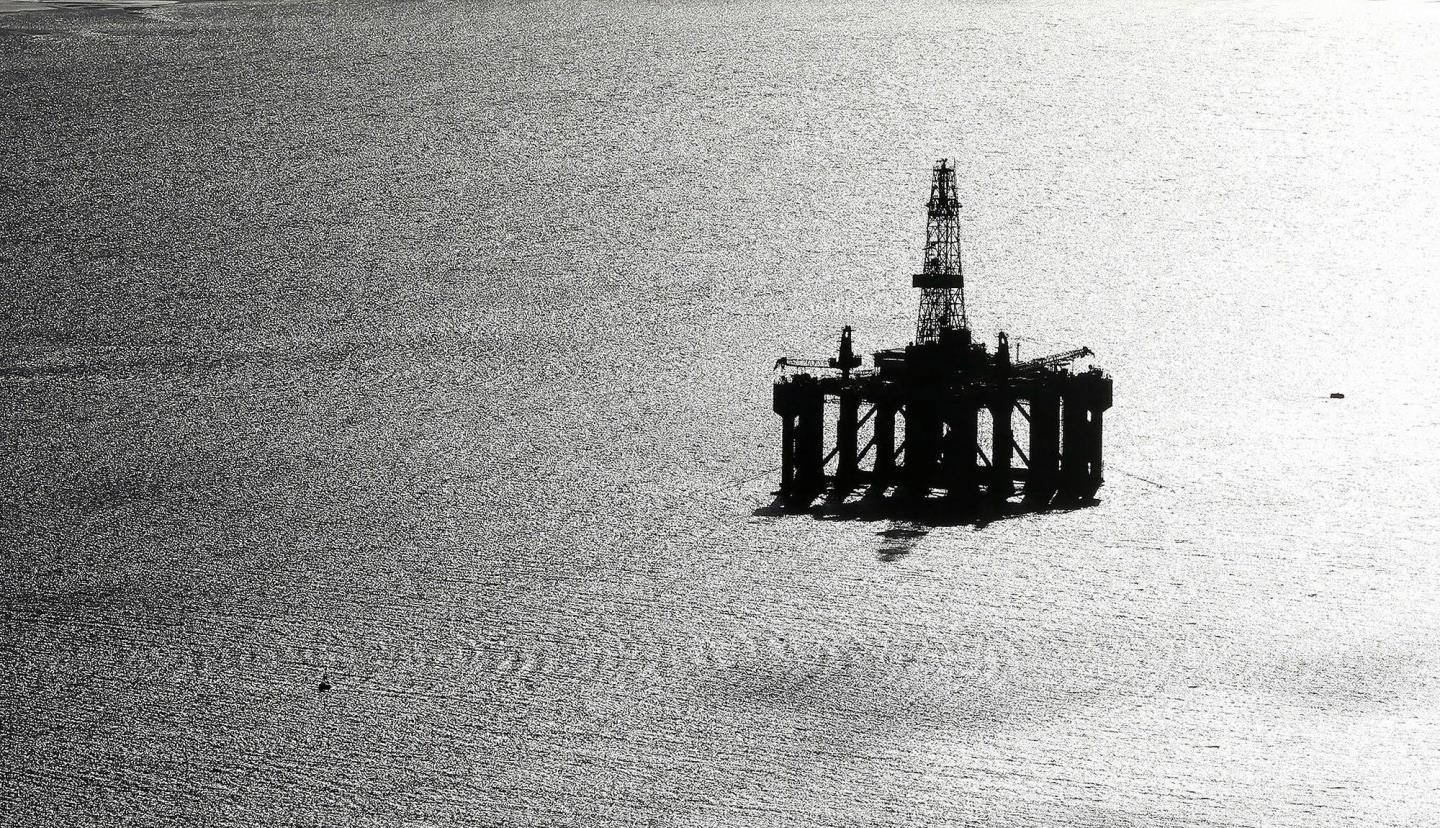
Amid some disappoinmtment for UK exploration of late, there are still a number of “hot” plays ahead for the North Sea sector.
With assistance from Graham Goffey, chair of the recent Energy Geoscience Conference in Aberdeen, we look at presentations for four of these targets set out at the event.
The quartet, from Harbour Energy, Deltic Energy & Shell, Soliton Resources, NEO Energy & Equinor, and Horizon Energy Partners, range across the Central and Southern North Sea.
Selene – Shell/ Deltic Energy
Tom Cafferkey of Deltic Energy (AIM: DELT) talked up the London-listed firm’s upcoming Selene project.
Due to be drilled by joint venture partner and operator Shell (LON: SHEL) in 2024, the pair took a drilling decision in 2022.
Deltic expects Selene to contain P50 recoverable gas of 318 billion cubic feet (or around 53 million barrels of oil equivalent) from the North Sea exploration target.
A well was first drilled by Hess in 1989 on the structure, and difficulties around the quality of the Leman Sandstone, as well as depth conversion, were discussed by Mr Cafferkey.
The original well, drilled directly into a fault, had seriously impacted deliverables from the reservoir – coming as a result of low accuracy and coverage of 2D seismic data used in the 80s.
The Selene reservoir quality is now predicted to be similar to the nearby Mimas and Seven Seas fields.
Deltic was also able to tackle the issue of depth conversion by working with new seismic technologies, de-risking the final investment hurdle.
Zechstein SNS / Dabinett – Horizon Energy
Peter Browning-Stamp of Horizon spoke on the “hot” Zechstein play in the southern North Sea.
Horizon is planning a well at the Dabinett prospect in late 2023 or 2024, costed at less than £15m, with the nearby Ossian discovery also helping to de-risk the prospect.
An independent assessment earlier this year put Dabinett’s recoverable resources at 202m barrels of oil equivalent, with a 30% chance of success.
Speaking at ECG, Mr Browning -Stamp spoke on the Zechstein, though the recent Pensacola discovery from Shell/ Deltic meant he couldn’t go into certain details.
The Zechstein, in the northern part of the gas basin, has potential for gas, hydrogen and carbon storage.
Dabinett is the first target Horizon is targeting thanks to new state of the art 3D data.
Isolde – Neo Energy/ Equinor/ Soliton Resources

Isolde, a prospect from Soliton Resources (15%), operator NEO Energy (45% stake) and Equinor (40%), was presented by Soliton’s managing director Graham Goffey.
Poor seismic data meant the structure, in the Central North Sea, was not previously visible and was relinquished by BG Group and BP.
Soliton acquired the licence in the 30th licensing round and worked up the prospect, which was followed with farm-ins from Equinor and NEO Energy.
Isolde is anticipated to be drilled next year by NEO Energy.
The prospect is targeting up to 100 million barrels of oil equivalent in the Central North Sea.
Britannia Area exploration – Harbour Energy
Gareth Pool of Harbour Energy outlined the London-listed firm’s strategy around the Britannia field.
Finlaggan, NEO Energy, is one example of infrastructure-led exploration tied back to the hub.
However new licensing has also allowed the UK’s largest producer to build up nw opportunities.
Mr Poole said, following the 32nd licensing round, Harbour Energy has matured twso small prospects analogous to the neaby Callanish field called Gilderoy and Streambeacon.
Info on their prospectivity hasn’t been disclosed, but Harbour has used modern 3D Data to increase the chance of success and reduce uncertainties.
-The ECG conference was attended by more than 600 people, ran by the Geological Society and the GESGB (Geoscience Exploration Society of GB). More info here.
Recommended for you

